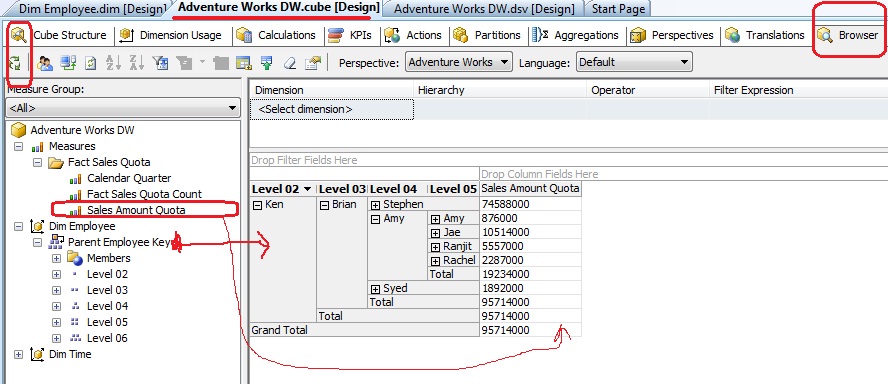Key Performance Indicators, also known as
KPI or Key Success Indicators (
KSI), help an organization define and measure progress toward organizational goals.
Once an organization has analyzed its
mission (
goal,
achievement) , it needs a way to measure progress toward those goals. Key Performance Indicators are those measurements.
KPI use to indicate the progress of organization (in form sales, school students strength, time related goal) the set goal is getting or loosing.
KPI may differ from different organization:
- A business may have one of key performance indicator as percentage of income that come from customers.
- A school can have target of number of students in per session.
- In IT company it can be of number of issues resolved in a day.
As a example
In IT company has set the goal for each employee, they have to resolve two issue atleast in a day.
It can leads to three cases:
1. Employee resolve more than 2 issue
2. Employee resolve less than 2 issue
3. Employee resolve equal to 2
for first case the report can indicate the green signal or up arrow
if employee resolve < 2 issue it will reflect down arrow or other user define image.
Whatever Key Performance Indicators are selected, they must reflect the organization's goals, they must be key to its success,and they must be quantifiable (measurable).
Good Key Performance Indicators vs. Bad
Bad:
-Title of KPI: Increase Sales
-Defined: Change in Sales volume from month to month
-Measured: Total of Sales By Region for all region
-Target: Increase each month
What's missing? Does this measure increases in sales volume by dollars or units? If by dollars, does it measure list price or sales price? Are returns considered and if so do the appear as an adjustment to the KPI for the month of the sale or are they counted in the month the return happens? How do we make sure each sales office's volume numbers are counted in one region, i.e. that none are skipped or double counted? How much, by percentage or dollars or units, do we want to increase sales volumes each month?
Good:
-Title of KPI: Employee Turnover
-Defined: The total of the number of employees who resign for whatever reason, plus the number of employees terminated for performance reasons, and that total divided by the number of employees at the beginning of the year. Employees lost due to Reductions in Force (RIF) will not be included in this calculation.
-Measured: The HRIS contains records of each employee. The separation section lists reason and date of separation for each employee. Monthly, or when requested by the SVP, the HRIS group will query the database and provide Department Heads with Turnover -Reports. HRIS will post graphs of each report on the Intranet.
-Target: Reduce Employee Turnover by 5% per year.
What Do I Do With Key Performance Indicators?
Once you have good Key Performance Indicators defined, ones that reflect your organization's goals, one that you can measure, what do you do with them?
- You use Key Performance Indicators as a performance management tool, but also as a carrot.
- KPIs give everyone in the organization a clear picture of what is important, of what they need to make happen.
- You use that to manage performance. You make sure that everything the people in your organization do is focused on meeting or exceeding those Key Performance Indicators. You also use the KPIs as a carrot.
- KPIs everywhere: in the lunch room, on the walls of every conference room, on the company intranet, even on the company web site for some of them.
EXAMPLE
http://j4info.blogspot.in/2014/05/create-kpi-using-ssas-sqlserver.html
source
http://management.about.com/cs/generalmanagement/a/keyperfindic_2.htm






































